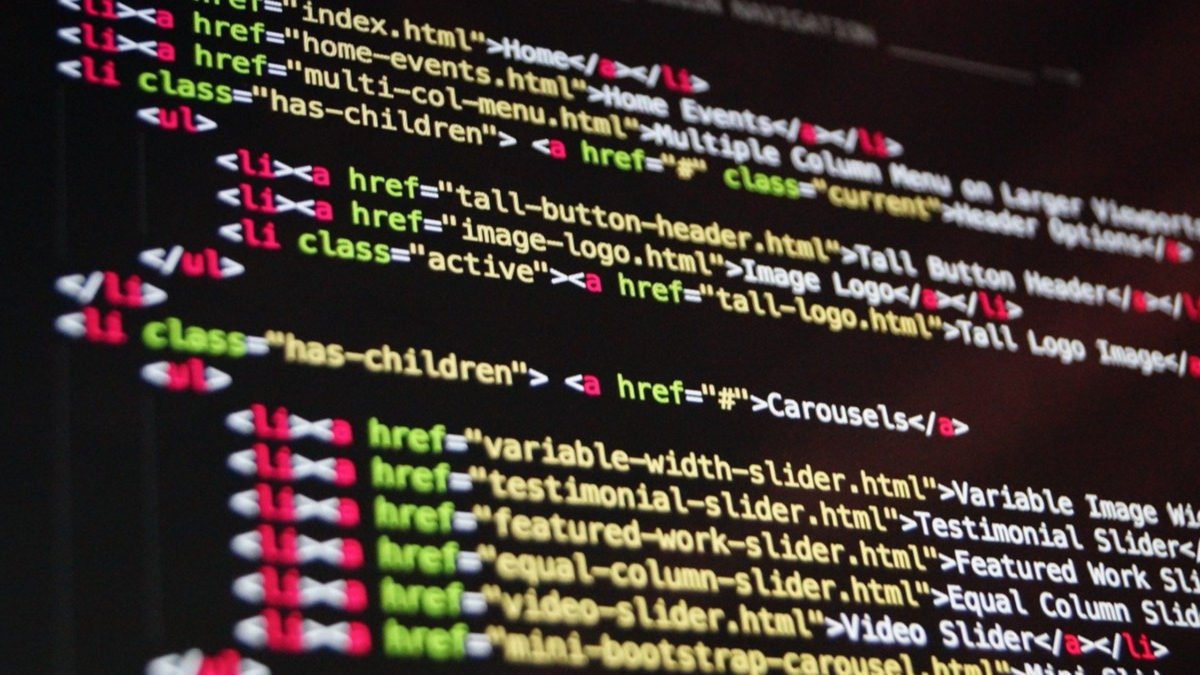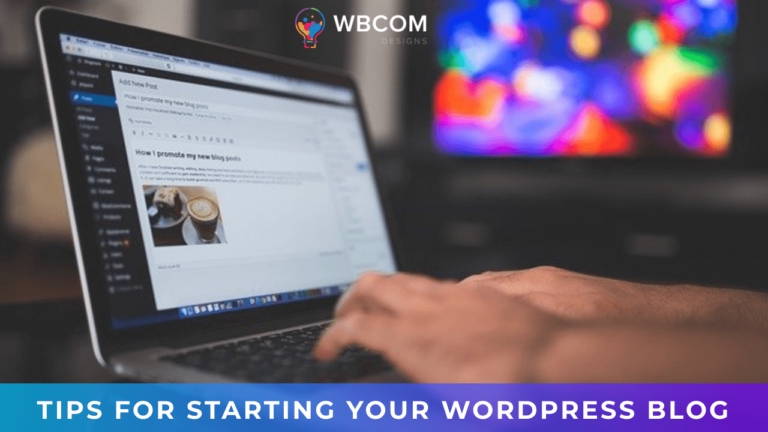Remote Usability Testing is arguably the strongest tool designers have to optimize their products for the best results. It allows them to gather real insights about the good, the bad, and the average of their designs. As the Nielsen Norman Group says: ‘’The only way to get UX design right is to test it.’’
Right now, the hot topic in the world of design is remote usability testing. At a point where a lot of the communication is technology-aided, and especially now when we’re dealing with a pandemic, such testing has become a widely accepted practice.
What is Remote Testing?

Remote usability testing is a technology-led process that allows designers to perform research on selected participants without the need for an in-person meeting. To make this possible, they use various usability testing tools to validate product ideas, run surveys, and create all kinds of tests for remote participants. To make this possible, they use various tools to validate product ideas, run surveys, and create all kinds of tests for remote participants.
According to Maze, one of the best-rated tools for remote testing, this is no longer just a viable option – it is ‘’the preferable route to take’’. The pandemic has brought on a need for remote testing, making designers aware of how beneficial it can be.
Also Read: Self-Hosted vs Hosted eCommerce Stores: What’s Better for Your Business?
Simply put, remote usability testing is any testing that occurs when the researcher, i.e., designer and participants, are not placed at the same location. Thanks to tools like Maze, researchers can get full access to the results of participants and get automated insights that can be instantly put into action, therefore minimizing the time and effort that in-person testing required on their behalf.
In-person vs. remote testing
When a test is done in person, the participants are overseen by a moderator who might or might not ask them questions during that time. With this type of testing, you can dwell deeper into participants’ thought processes and collect information from body language.
On the other hand, Remote Usability Testing is done over the Internet or even on the phone. It is much cheaper and can include more participants since it is far more flexible than in-person testing. People can do it from any place and at any time.
Benefits of remote usability testing

When performed on the right participants, remote usability testing can greatly help you optimize your design or product. Still, this depends on how well you organize and create the testing. It all comes down to which participants you choose (and how many), what type of remote testing you decide on, what questions you choose to ask, etc.
Generally speaking, there are two types of Remote Usability Testing options to consider – moderated and unmoderated. The first includes your presence at the time when participants take the test. You can see them on the camera, discuss the questions with them, and gather more insight that resembles in-person testing.
Also Read: Car Repair WordPress Theme
The latter means that you don’t act as a moderator, so you don’t have to see or communicate with the participants whatsoever. You get results, perhaps even organized thanks to useful tools, ready for you to take informed action. If you’re wondering whether or not you should be taking this action, then you need to hear about the benefits it offers. Here is why designers need to take this step.
Flexibility
In-person testing requires an area where you’ll gather participants. It requires finding participants willing to spend their time traveling to that spot, taking the test, and returning home. Finally, it demands that you all gather at the same time. Doing this remotely eliminates the need for all this. People can do it from the comfort of their homes – or at any other place. With unmoderated Remote Usability Testing, they can even do it whenever they please.
Geography
If you’re looking to recruit a particular target group with a specialized skill that not many people have, you’ll have trouble finding them all in the area (or convincing them to come). With remote testing, you can include people from the other corner of the world.
Speed
Thanks to tools and technology, you don’t have to spend months planning for testing. You can get your materials ready in a couple of hours or days, send them to people, and get the results fast.
Affordability

In any case, remote testing is much more affordable than doing this in person. Even if you pay for software tools or professionals to craft and evaluate the questions and results, you’ll probably spend a lot less if you do this remotely. People will request money to show up to a test, not to mention expenses related to meals, renting the place, printing out materials, etc.
Final thoughts
Remote usability testing is a perfect combination of technology and flexibility. It allows you to gather the target audience you need to get the most accurate results for your design. Of course, every methodology for research has its limitations. But in this technology-driven world, remote testing gives researchers an amazing opportunity to boost their product.
Interesting Reads:
WooCommerce Apps For Your Online Store







